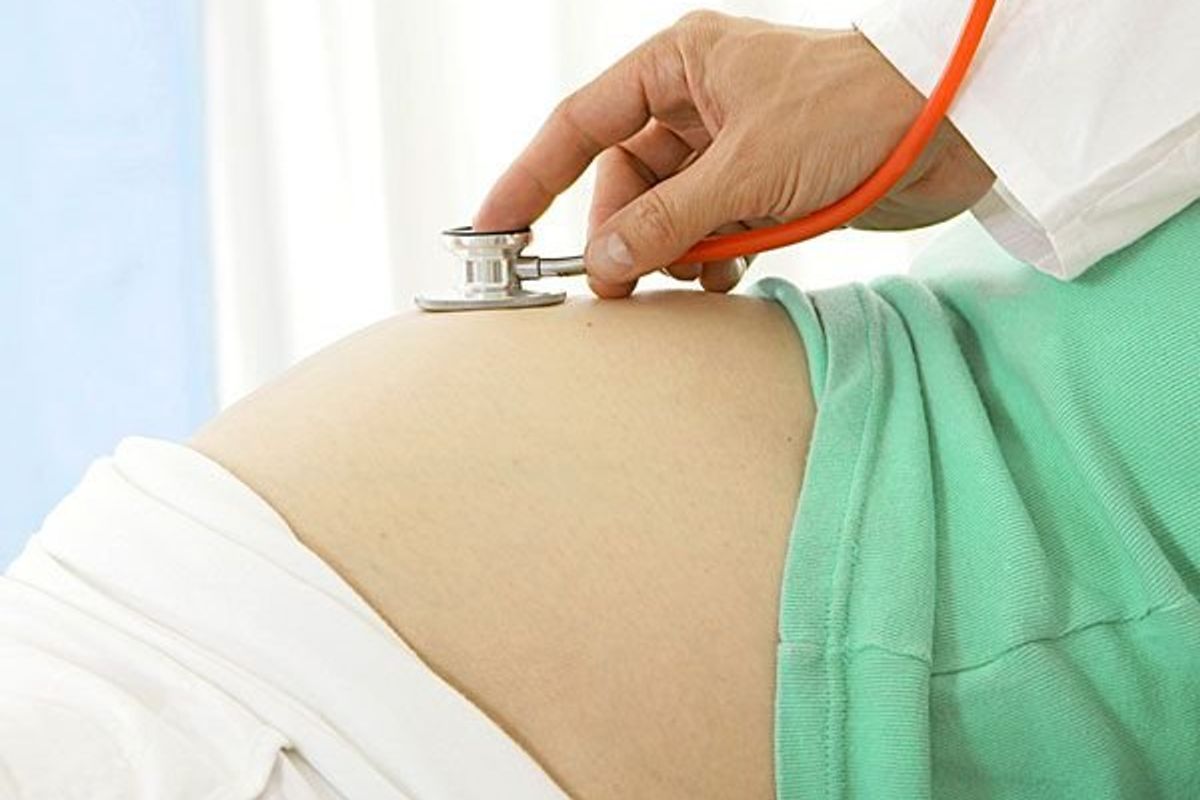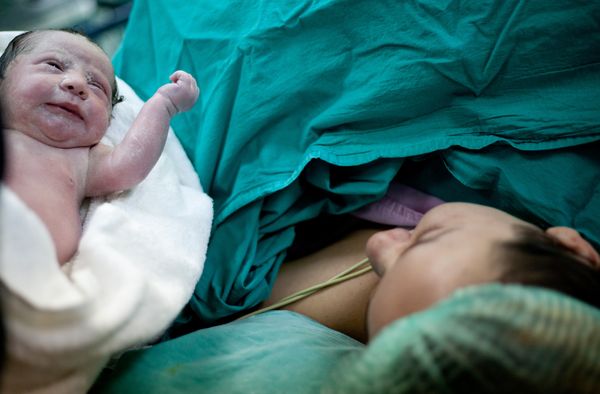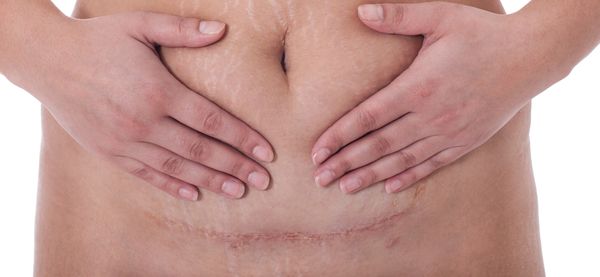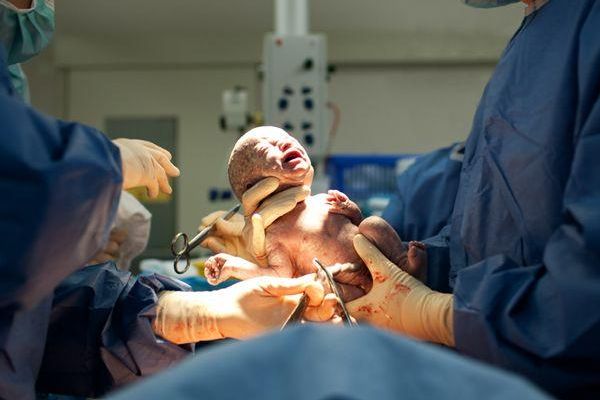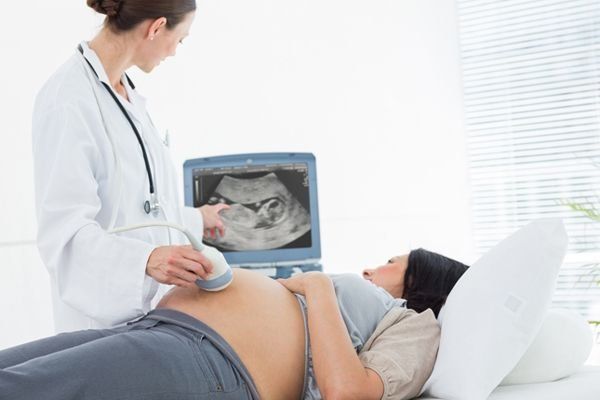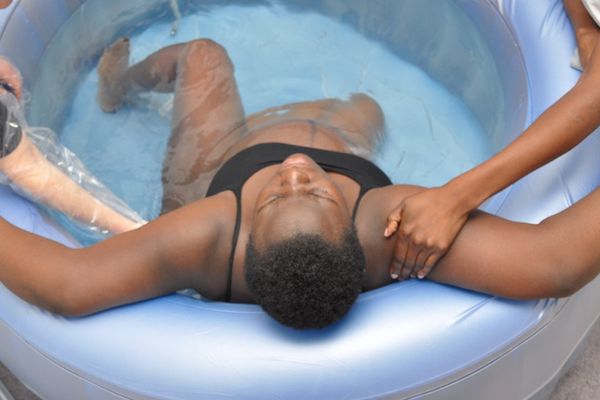FRIDAY, May 8, 2015 (HealthDay News) -- Just in time for Mother's Day, a new study looks at when during the day the stork brings American parents that bundle of joy.
Research into 2013 data finds that as rates of elective c-section and induced vaginal births rise, American babies are increasingly being born during the morning and midday working hours at hospitals.
On the other hand, the study of more than 90 percent of U.S. births in 2013 found that out-of-hospital births typically occurred in the early morning -- after 1 a.m.
"In general, these births have fewer interventions, and thus likely exhibit a more natural time-of-day delivery pattern compared with births delivered in hospitals," wrote co-authors T.J. Mathew and Sally Curtin of the National Center for Health Statistics, part of the U.S. Centers for Disease Control and Prevention.
The study, released May 8, looked at U.S. birth certificate data from 41 states and the District of Columbia. The CDC authors noted that as the use childbirth interventions such as elective cesarean section and induced labor has risen, "an increasing proportion of deliveries occur during regular daytime hours."
The researchers explained that if every woman gave birth without medical interventions, deliveries would be evenly spaced around the clock, with about 4.2 percent of births happening within each 60-minute time frame.
But that's not the case in U.S. hospitals today. For example, 6.3 percent of all hospital births in 2013 occurred in the 8 a.m. hour, and another 6 percent at the noon hour, the CDC report found. In contrast, less than 3 percent of hospital births occurred in the hours between midnight and 7 a.m.
These trends were mainly true for weekdays, while births on Saturday and Sunday births showed "a more evenly distributed pattern," the researchers said.
C-section deliveries showed the greatest clustering at certain times, peaking at 8 a.m. (11.6 percent of such deliveries) and again at noon (7.4 percent). Induced vaginal births were also clustered in the 9-to-5 workday, in contrast to non-induced vaginal births, which were spread evenly throughout the 24-hour day.
And what about births out of the hospital, away from medical interventions? They were "most likely to occur in the early morning hours" between 1 a.m. and 6 a.m., the CDC report found.
Two obstetrician-gynecologists weren't surprised by the findings.
The patterns seen in the study are "most likely the result of obstetric practices to perform inductions and elective cesarean deliveries during the week days," said Dr. Anthony Vintzileos, chair of obstetrics and gynecology at Winthrop-University Hospital in Mineola, N.Y.
Another ob-gyn offered up an evolutionary perspective on the trends.
"Traditional wisdom has maintained that babies tend to be born in darkness, from an evolutionary need for protection," said Dr. Jennifer Wu of Lenox Hill Hospital in New York City. "This is upheld by the fact that most births are in the evening or early morning hours," she said.
In contrast, "many cesareans are scheduled -- usually in the daytime hours, and so these births cluster during the day," Wu said.
However, the time of arrival of most infants is never sure, she stressed.
There is "no guarantee for patients that their babies will be born in the daytime or nighttime," Wu said. "Many babies just arrive when they want."
SOURCES: Anthony Vintzileos, M.D., chairman, department of obstetrics and gynecology, Winthrop-University Hospital, Mineola, N.Y.; Jennifer Wu, M.D., obstetrician-gynecologist, Lenox Hill Hospital, New York City; NCHS Data Brief, May 8, 2015
Copyright © 2015 HealthDay. All rights reserved.

